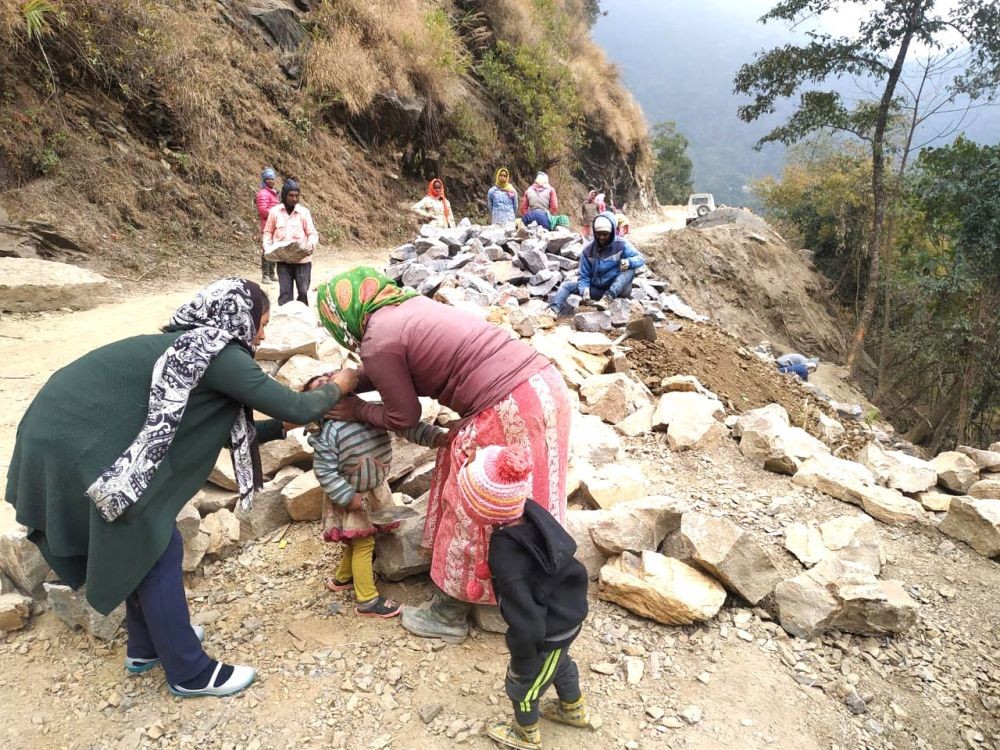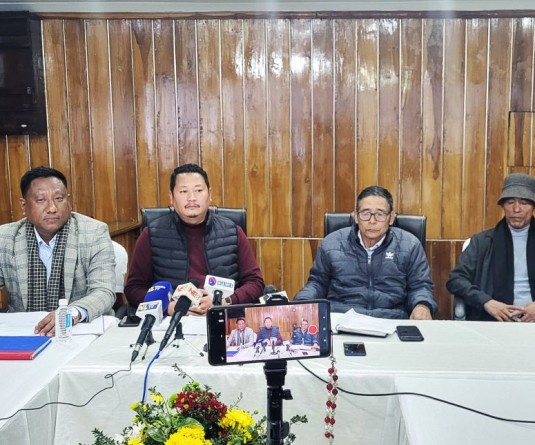
Morung Express News
Dimapur | November 24
Delivering healthcare services to communities has long been a challenge in Nagaland, but this is beginning to change significantly, the World Bank has claimed.
In a recent feature on its website, the World Bank attributed the changes to the launch of the Nagaland Health Project (NHP) in 2018.
Since the launch of the World Bank-supported project in 2018, the performance of 188 health centers across the state has significantly improved, and as a result, over 836,000 people are now receiving vital health services, it added.
It further noted that around two-thirds of Nagaland’s 2.2 million people live in rural areas where road connectivity is poor, electricity is unreliable, and water supply and sanitation are inadequate.
A shortage of specialist physicians and skilled healthcare workers has resulted in few deliveries at health facilities—the lowest in India—as well as low immunisation rates and difficulty addressing child malnutrition and mortality, it noted.
The feature article, published on November 13, cited how the poor condition of Peren District Hospital, which lacked an operation theatre and had a congested labour room, among other issues, has now been transformed into a “well-equipped labor room and a designated corner for the care of newborn babies.”
In just four to five months, the hospital delivered around 56 babies, compared to just 50 babies delivered in an entire year before, it maintained.
Meanwhile, the World Bank further claimed that patients now receive uninterrupted services with the help of 24/7 electricity backup from the solar plant, enabling electronic machines to run and vaccines to be stored in refrigerators.
Even in the “remotest regions,” health services are improving, the World Bank asserted, highlighting the case of the Primary Health Centre (PHC) Thonoknyu in Tuensang.
It was rarely visited by patients, but now the old, dilapidated building has been refurbished, and new water and sanitation facilities installed, leading to a notable increase in patient visits, it said.
According to the World Bank, the NHP is also promoting community ownership through the reconstitution of village health committees and revitalising the pioneering “Nagaland Communitisation of Public Institutions & Services Act 2002.”
Under the project, it became mandatory to have a woman as a co-chair of the committee. Currently, the 500 or so village health committees formed across the state have a woman as a co-chair, strengthening the focus on maternal and child health, it claimed.
Some of the innovative approaches adopted with women’s leadership included encouraging pregnant women to visit the facility for check-ups and immunisations by distributing carefully chosen gifts such as flasks, eggs, and baby blankets, or through door-to-door visits with food packages for the underprivileged and elderly.
To meet the shortfall in health specialists, the World Bank also informed that the functioning of five nursing and midwifery schools has been improved, with faculty members being trained in modern management practices.
The challenge of erratic electricity supply was addressed by harnessing solar power as a cost-effective and reliable option, especially in remote areas and currently, 175 health facilities have solar installations, ensuring a stable power supply, it added.
In addition, the World Bank stated that patients no longer need to travel long distances for simple medical tests, citing Chunlikha PHC, which serves 10 villages and over 15,000 people.
After receiving equipment for medical tests and same-day results, patients no longer have to travel 58 kilometres to Kohima, saving time, effort, and expense, it maintained.
To tackle the non-availability of water, the project introduced rainwater harvesting, and around 70-80 lakh litres of water are now collected annually. This, along with other water storage systems, meets the needs of 176 health facilities across the state, it added.
The introduction of scientific biomedical waste management at district hospitals has also made a difference, the World Bank stated, quoting a medical officer at Tuensang District Hospital as saying that such steps have played a “huge role in reducing infection among the handlers and the larger population.”
Digital interventions, such as inventory management for drugs and medicines and a similar management system for medical equipment up to the PHC level, have significantly transformed healthcare in Nagaland, it added.
The Government of India GoI), the Government of Nagaland (GoN), and the World Bank signed a $48 million agreement for the NHP after its approval on December 19, 2016.
As per a World Bank release in January 2017, the total cost of the project was $60 million, with the Bank providing $48 million and the GoI committing the remaining $12 million. The NHP, with the GoN as the implementing agency, was set to close on March 31, 2023. The closing date, however, is given as June 30, 2024 on the World Bank website.





